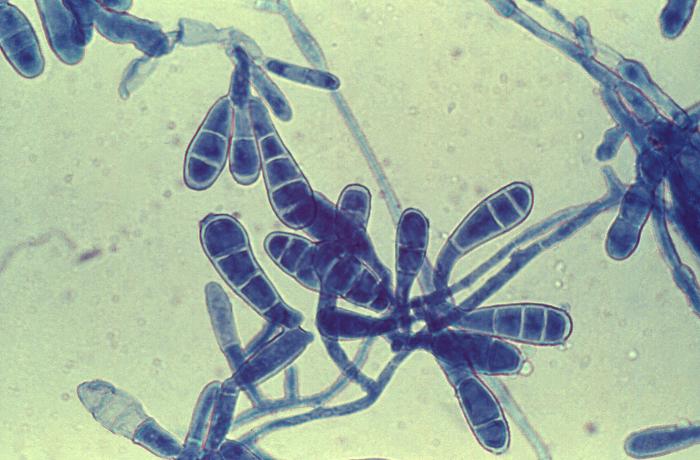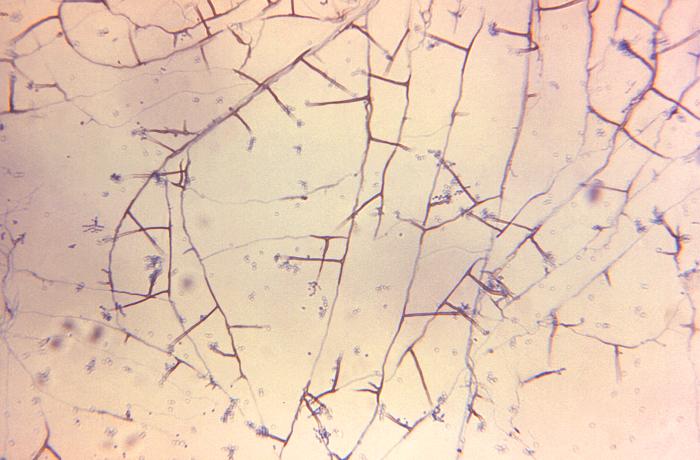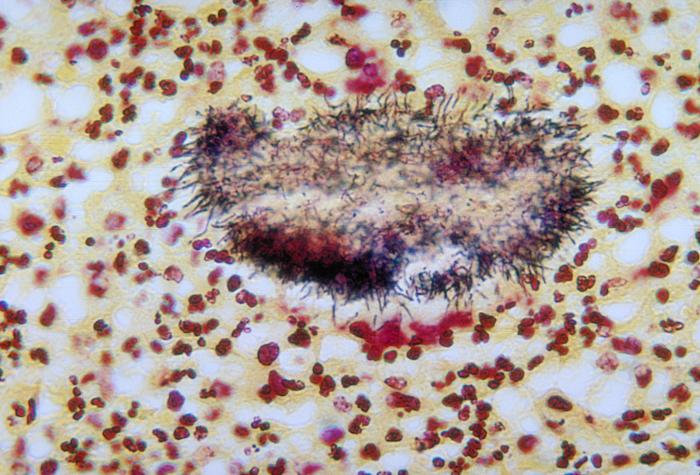Subcutaneous mycoses are caused by accidental subcutaneous inoculation of causative fungi. Most of the causative agents reside in soil and … Read More »
Cutaneous Mycoses
Cutaneous mycoses are the diseases caused by fungi and involving the skin, hair and nails. They are different from superficial … Read More »
Superficial Mycoses
Superficial mycoses are the fungal infections of the outermost keratinized layers of the skin or hair shaft, resulting in essentially … Read More »
Introduction to Mycology and Classification of Fungi
The word mycology is derived from the word ‘mykos’ meaning fungus. Mycoses is a disease caused by a fungus. Mycology … Read More »
Staphylococcus Aureus
Staphylococcus aureus is a species of gram positive cocci, which are aerobes/facultative anaerobes, non motile, non spore forming and arranged in … Read More »
Escherichia Coli
Escherichia coli is a gram negative bacteria, rod shaped and facultative anaerobic. Route of entry • Most abundant facultative anaerobe … Read More »
Neisseria Gonorrhoeae
Neisseria gonorrhoeae is a species of gram negative diplococci, which are non encapsulated, non motile and kidney shaped bacteria. Pathogenesis … Read More »
MRSA, VISA and VRSA
MRSA MRSA stands for methicillin resistant Staphylococcus aureus. These bacteria havedeveloped resistance to beta-lactam antibiotics (including penicillins and cephalosporins). Methicillin … Read More »
Staphylococcus Epidermidis and Staphylococcus Saprophyticus
Staphylococcus Epidermidis Staphylococcus epidermidis is a gram positive bacteria. It is a member of the genus Staphylococcus. It is present … Read More »
Actinomycetes
Actinomycetes is a family of bacteria that form long branching filaments that resemble the hyphae of fungus. Actinomyces Israelii Transmission: … Read More »
 howMed Know Yourself
howMed Know Yourself









